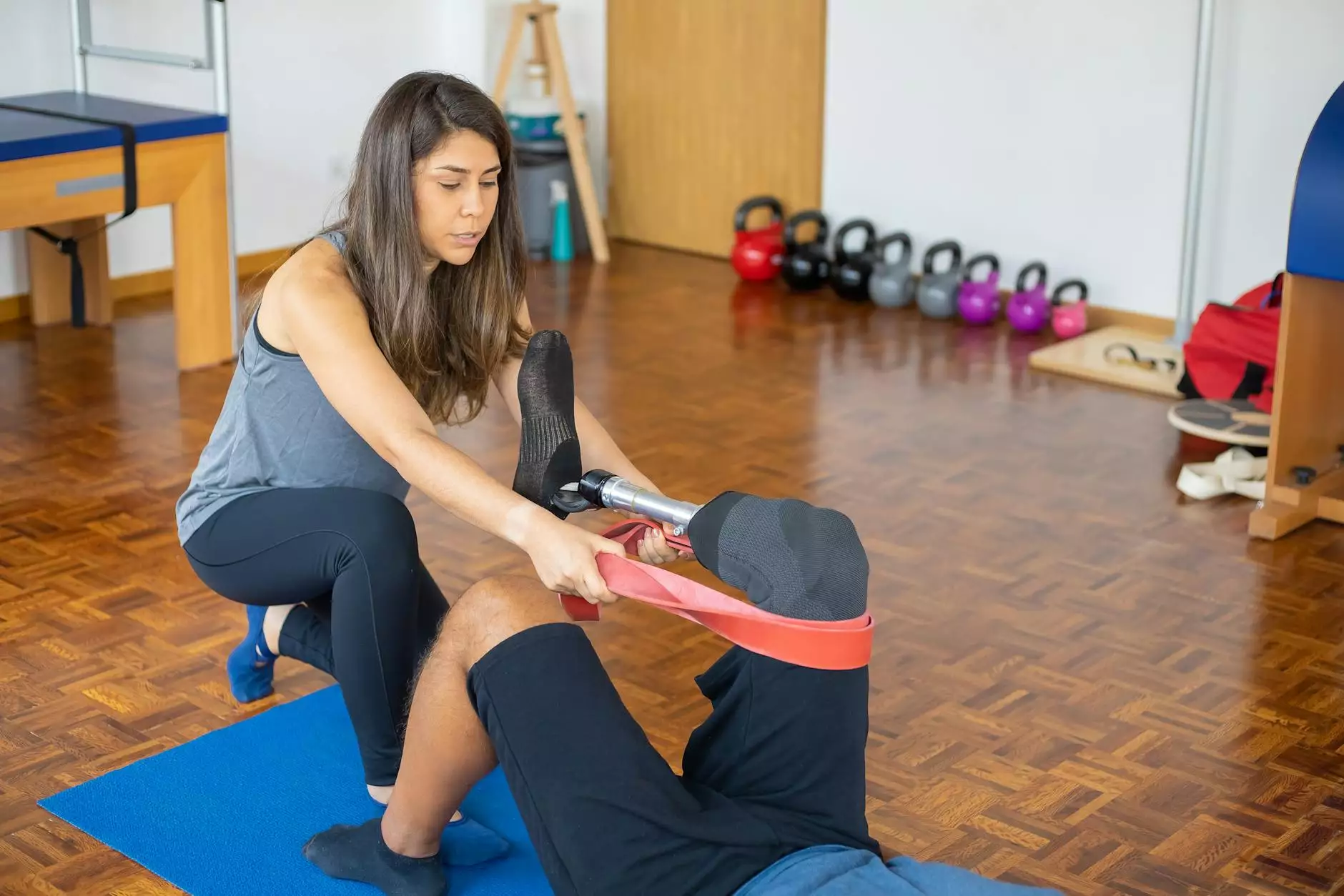Postnatal Pilates for Diastasis Recti: Rebuild Your Core Strength

The journey of motherhood is both beautiful and challenging. For many women, the postnatal period brings physical changes, particularly to the abdominal region. One common issue faced by new mothers is diastasis recti, a condition that involves the separation of the abdominal muscles. However, with the right techniques, such as postnatal pilates, you can effectively manage and even heal this condition. This article offers an in-depth look at how postnatal pilates can aid in the recovery from diastasis recti.
Understanding Diastasis Recti
Diastasis recti is a condition characterized by the thinning and stretching of the tissue in the midline of the abdomen. This can happen during pregnancy due to the growing uterus putting pressure on the abdominal muscles. Following childbirth, many women may notice a gap between their left and right abdominal muscles, making it crucial to address this issue through appropriate exercise.
Symptoms and Diagnosis
Recognizing diastasis recti can be straightforward. Some common symptoms include:
- A visible bulge in the middle of the abdomen, especially when straining or sitting up.
- Lower back pain that was not previously present.
- Abdominal discomfort during physical activities.
- Difficulty with core exercises or stability.
A healthcare provider can diagnose diastasis recti through a physical examination. They may check for the separation between the muscles by having you lie on your back and perform a gentle abdominal contraction.
The Role of Postnatal Pilates in Recovery
Postnatal pilates is a safe and effective method for strengthening the core while being gentle on the body. This form of exercise focuses on stabilizing the core muscles, improving posture, and enhancing the overall functionality of the body. Here’s how it can help with diastasis recti:
1. Focus on Core Stabilization
One of the primary goals of postnatal pilates is to increase core stability. Unlike traditional abdominal exercises, Pilates focuses on engaging the deep core muscles, specifically the transverse abdominis. This support can help close the gap in the abdominal wall.
2. Promotes Better Posture
Postnatal Pilates emphasizes alignment and posture. Improved posture can reduce the risk of back pain and other ailments associated with diastasis recti, helping new mothers to feel more comfortable and confident in their bodies.
3. Gradual Progression
This method encourages a gradual return to exercise following childbirth. Many postnatal pilates routines are specifically designed for women who are six weeks postpartum, ensuring that exercises are not too strenuous but still effective in rebuilding strength.
Essential Pilates Exercises for Diastasis Recti
When practicing postnatal pilates, it's crucial to focus on exercises that facilitate healing rather than causing further strain. Here are some effective exercises:
1. Pelvic Floor Activations
This exercise involves gently engaging the pelvic floor muscles. Start by sitting comfortably, inhale deeply, and as you exhale, imagine drawing your pelvic floor up. This action helps strengthen the core and improve overall support for your abdominal wall.
2. Transverse Abdominal Breathing
While lying on your back with knees bent, place one hand on your belly and the other on your chest. Inhale deeply, allowing your abdomen to expand, and as you exhale, focus on drawing your belly button towards your spine. This exercise is vital for engaging the transverse abdominis.
3. Modified Side Plank
The side plank is excellent for improving core stability. Lie on your side with your knees bent, prop yourself up on your elbow, and lift your hips off the ground. Keep the core engaged and hold for several breaths. This modification is safer for the core than the full side plank and will help build strength gradually.
4. Cat-Cow Stretch
This gentle warming stretch helps in mobilizing the spine while engaging the core. On all fours, alternate between arching your back and dropping your belly. Focus on your breath, inhaling while arching and exhaling while rounding the back. This will support flexibility and coordination in your core.
Finding the Right Instructor
To maximize the benefits of postnatal pilates, working with a certified instructor is recommended, especially one who specializes in postpartum recovery. They can provide personalized modifications and ensure that you’re performing exercises correctly to avoid injury.
What to Look For
- Qualifications: Ensure your instructor has been trained in pre/postnatal pilates.
- Experience: Look for someone who has experience working with mothers recovering from diastasis recti.
- Approachability: An instructor who creates a comfortable environment will make your experience more enjoyable.
Complementing Pilates with Other Recovery Techniques
While postnatal pilates is incredibly beneficial, it’s important to complement it with other recovery strategies:
1. Physical Therapy
Consider seeking a licensed physical therapist who specializes in postnatal care. They can tailor a rehabilitation program specific to your needs and provide hands-on techniques that enhance healing.
2. Nutrition
Nutrition plays a key role in recovery. Consuming a balanced diet rich in vitamins, minerals, and protein can foster healing. Focus on whole foods, staying hydrated, and possibly incorporating supplements as advised by healthcare providers.
3. Mindfulness and Self-Care
Acknowledge the emotional and mental aspects of postpartum recovery. Regular mindfulness practices such as meditation, yoga, or deep breathing exercises can significantly enhance your overall well-being.
Success Stories: Women Who Overcame Diastasis Recti
Many women have successfully managed their diastasis recti through postnatal pilates. Below are a few inspiring testimonials:
Testimonial 1
Sarah, 34: “After my second child, I really struggled with my body. Gaps in my abs made me self-conscious, but postnatal pilates helped bring my muscles back together. I feel renewed and stronger than ever!”
Testimonial 2
Emma, 29: “I was hesitant to exercise after having my baby, but my instructor made the pilates classes so inviting. Within weeks, I noticed a significant reduction in my core gap. It’s all about taking it slow and finding joy in movement.”
Conclusion
Recovering from diastasis recti requires a thoughtful and dedicated approach. Postnatal pilates offers a gentle yet effective pathway to rebuild core strength and restore confidence. With the right guidance and a variety of complementary practices, you can navigate the challenges of recovery and embrace this new chapter of motherhood.
If you are looking for expert assistance, consider reaching out to Hello Physio. Their specialized programs in health & medical services, sports medicine, and physical therapy ensure that you receive tailored care in your recovery journey.
Remember, every journey is unique. Embrace your pace, listen to your body, and celebrate your strength!
postnatal pilates diastasis recti


